New England Colleges Prepare Report on Employability of Students; Draft Recommendations Outlined
/December 22 is the deadline for those seeking to comment on the draft report and recommendations of the Commission on Higher Education & Employability, established earlier this year by the New England Board of Higher Education (NEBHE). The Commission, which includes nine representatives of institutions and organizations in Connecticut, released its preliminary findings at a day-long Summit in Boston.
“Despite the region’s strength in postsecondary institutions, employers remain concerned about a lack of qualified, skilled workers, particularly in technology-intensive and growth-oriented industries,” the draft report notes. “The Commission has proposed a draft action agenda, policy recommendations, strategies and next steps to align institutions, policymakers and industry behind increasing the career readiness of graduates of New England colleges and universities—and facilitate their transitions to work and sustained contributions to the well-being and competitiveness of the region.”
In addition to five strategic priorities, the draft report includes specific recommendations are being considered in five areas: Labor Market Data & Intelligence; Planning, Advising & Career Services; Higher Education-Industry Partnerships; Work-Integrated Learning; Digital Skills; and Emerging Credentials.
Among the recommendations being considered are a call for higher education institutions to incorporate employability into their strategic plans/priorities; determine their effectiveness in embedding and measuring employability across the institution; and develop a regional partnership for shared purchasing and contracting of labor market data, information and intelligence services.
The proposed recommendations also call on the New England states to “collaborate to launch multistate, industry-specific partnerships beginning with three of the top growth-oriented sectors, including: healthcare, life and biosciences and financial services.” It further urges the states to explore “implementing policies (public and institutional) that incentivize businesses (through tax credits or other means) to expand paid internships.” The draft report also calls for the establishment of a New England Planning, Advising and Career Service Network.
The draft report calls on the states to “confront notable college-attainment gaps and the related personal and societal costs,” and “consider specific employability strategies to target and benefit students who are at risk of not completing postsecondary credentials, including underrepresented populations.”
Eastern Connecticut State University President Elsa Núñez led a session at the Summit about the Commission's “Equity Imperative.” Officials indicate that Commission's workforce vision serves all New Englanders ... “as a matter of social justice, but also as a matter of sound economics in the slow-growing region.” Núñez highlighted her internship work with students who may not have cars or other resources to capitalize on off-campus work-integrated learning.
In addition to Núñez, the nine members of the Commission from Connecticut are:
- Andrea Comer, Vice President, Workforce Strategies, Connecticut Business & Industry Association Education and Workforce Partnership
- Freddy Cruz, Student, Eastern Connecticut State University
- Maura Dunn, Vice President of Human Resources & Administration, General Dynamics Electric Boat
- Mae Flexer, State Senator
- Tyler Mack, Student Government Association President, Eastern Connecticut State University
- Mark Ojakian, President, Connecticut State Colleges & Universities
- Jen Widness, President, Connecticut Conference of Independent Colleges
- Jeffrey Wihbey, Interim Superintendent, Connecticut Technical High School System
The commission also includes six members from Vermont, seven members from New Hampshire and Maine, 11 from Massachusetts, 12 from Rhode Island, as well as two regional members and six representatives of NEBHE. The Commission's Chair is Rhode Island Governor Gina Raimondo. The proposed recommendations, developed during the past six months, have broad implications, according to officials, “critical to building a foundation for moving forward the Commission's efforts toward strengthening the employability of New England's graduates.”
At Eastern Connecticut State University—which is about 30% students of color—lower-income, minority and first-generation students often had no cars, so had difficulty traveling off campus to internships. White students got most of the internships, President Elsa Núñez told the NEHBE Journal earlier this year.
The Journal reported that Eastern’s Work Hub eliminates that need, allowing students to develop practical skills doing real-time work assignments without having to travel off campus, and providing the insurance company Cigna with a computer network and facility where its staff could provide on-site guidance and support to Eastern student interns.
The draft report’s strategic priority recommendations include:
- New England state higher education systems, governing and coordinating boards, together with New England’s employers, should make increased employability of graduates a strategic priority—linked to the strategic plans, key outcomes, performance indicators and accountability measures for the higher education institutions under their stewardship.
- New England higher education institutions should incorporate employability into their strategic plans/ priorities supported by efforts to define, prioritize and embed employability across the institution and in multiple dimensions of learning and the student experience—both curricular and extracurricular.
- New England should make strategic efforts and investments—at the state, system and institution level— to expand research, data gathering, assessment capacity and longitudinal data systems to enable more effective understanding and documentation of key employability-related measures and outcomes.
- New England higher education institutions should undertake formal employability audits to review the strategic, operational and assessment-oriented activities related to employability–and their effectiveness in embedding and measuring employability across the institution.
- To confront notable college-attainment gaps and the related personal and societal costs, states must consider specific employability strategies to target and benefit students who are at risk of not completing postsecondary credentials, including underrepresented populations.
The Boston-based New England Board of Higher Education promotes greater educational opportunities and services for the residents of New England. Comments on the recommendations are accepted on-line through Dec. 22.




 Eliminating disparities in outcomes across racial and ethnic groups and by socioeconomic status will require civic leaders, education leaders, policymakers, and employers to participate in a large-scale effort to redesign the system. To build tomorrow’s workforce, we must build a system that works for today’s diverse students. In the same way communities banded together to make universal high school a reality, it will take broad, coordinated action to ensure education beyond high school becomes a reality for all Americans.
Eliminating disparities in outcomes across racial and ethnic groups and by socioeconomic status will require civic leaders, education leaders, policymakers, and employers to participate in a large-scale effort to redesign the system. To build tomorrow’s workforce, we must build a system that works for today’s diverse students. In the same way communities banded together to make universal high school a reality, it will take broad, coordinated action to ensure education beyond high school becomes a reality for all Americans.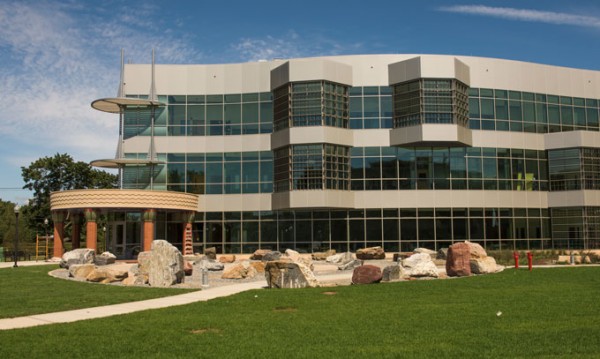
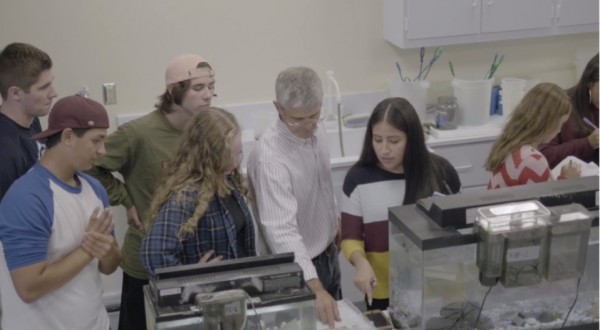
 The
The  Plans for the new Academic Science & Laboratory Building at Southern began back in 2007 with a comprehensive 10-year capital improvement plan, dubbed CSUS 2020, for upgrading the four institutions of the Connecticut State University System. Approved by the state legislature and signed into law by Gov. M. Jodi Rell, the plan was developed during the administration of Chancellor David G. Carter. It included upgrades and repairs to existing facilities, as well as construction of a new Visual & Performing Arts Center at Western Connecticut State University, which
Plans for the new Academic Science & Laboratory Building at Southern began back in 2007 with a comprehensive 10-year capital improvement plan, dubbed CSUS 2020, for upgrading the four institutions of the Connecticut State University System. Approved by the state legislature and signed into law by Gov. M. Jodi Rell, the plan was developed during the administration of Chancellor David G. Carter. It included upgrades and repairs to existing facilities, as well as construction of a new Visual & Performing Arts Center at Western Connecticut State University, which 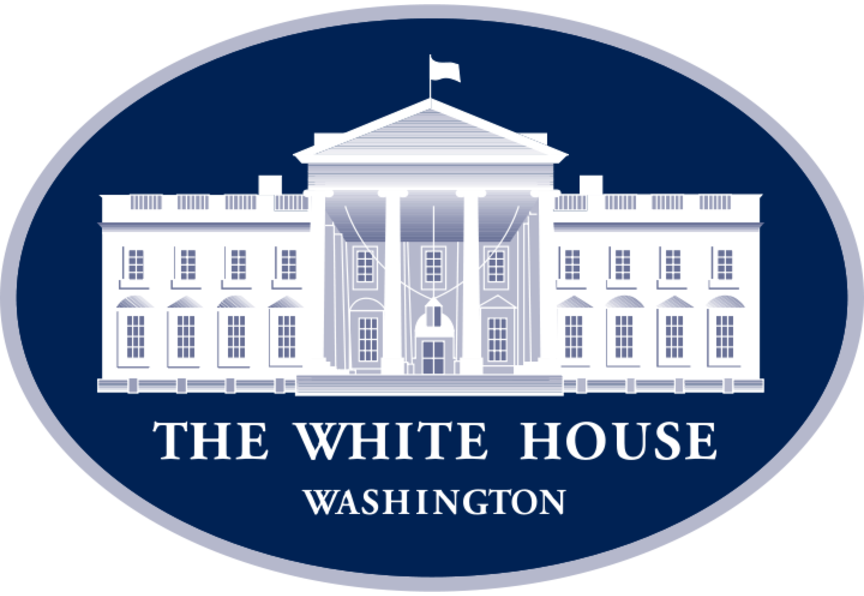 nd nonprofit officials were meeting in Washington, the University of Connecticut, the state’s flagship institution, announced that the number of high school students seeking admission to UConn’s Storrs campus next fall has jumped significantly over last year’s figures, comprising a pool of potential freshmen with even higher average SAT scores and more diversity than previous years’ applicants.
nd nonprofit officials were meeting in Washington, the University of Connecticut, the state’s flagship institution, announced that the number of high school students seeking admission to UConn’s Storrs campus next fall has jumped significantly over last year’s figures, comprising a pool of potential freshmen with even higher average SAT scores and more diversity than previous years’ applicants.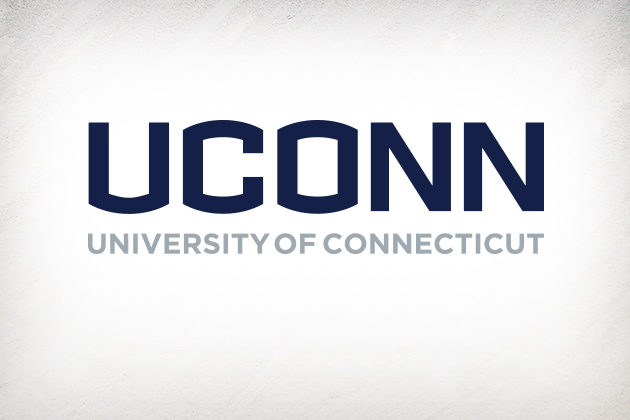 n in UConn’s commitment to diversity. Officials pointed out that the jump in UConn applications runs counter to national and regional trends in which declines in the number of high school graduates have caused many universities to see their applications and enrollments level off or decrease.
n in UConn’s commitment to diversity. Officials pointed out that the jump in UConn applications runs counter to national and regional trends in which declines in the number of high school graduates have caused many universities to see their applications and enrollments level off or decrease.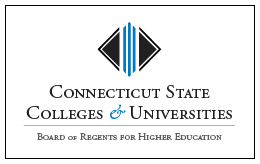 ment at the community colleges fell 2.1 percent to 56,977, reflecting losses in both full and part time students.
ment at the community colleges fell 2.1 percent to 56,977, reflecting losses in both full and part time students.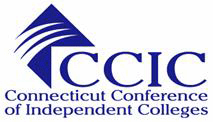
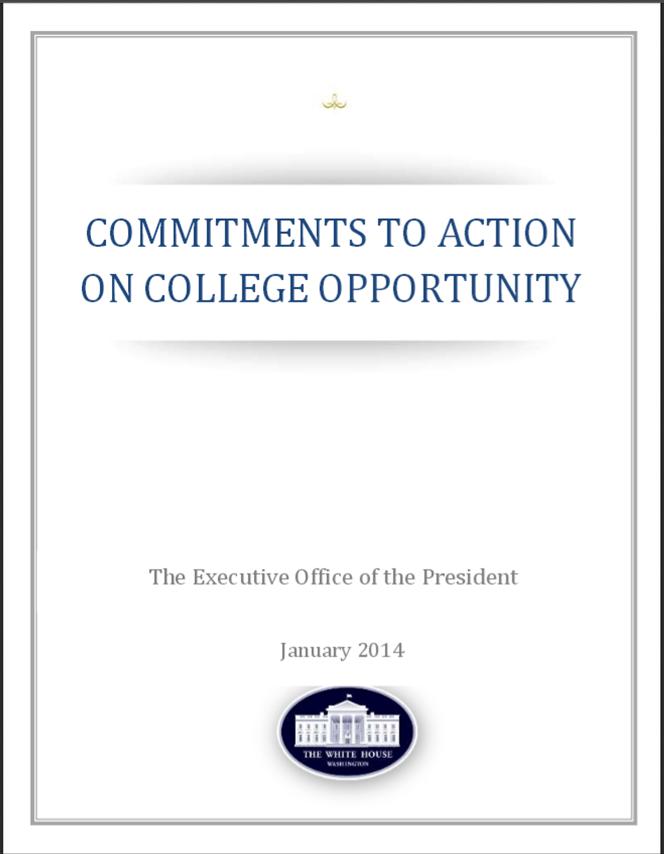 ll be hosting two upcoming events focusing on the remediation issue, the White House report indicated:
ll be hosting two upcoming events focusing on the remediation issue, the White House report indicated: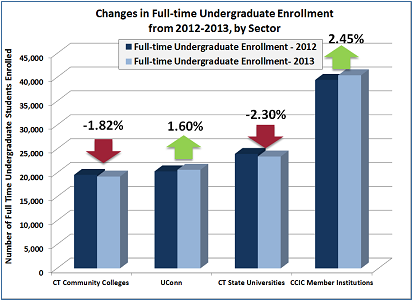 nd math) curricula.
nd math) curricula.


























